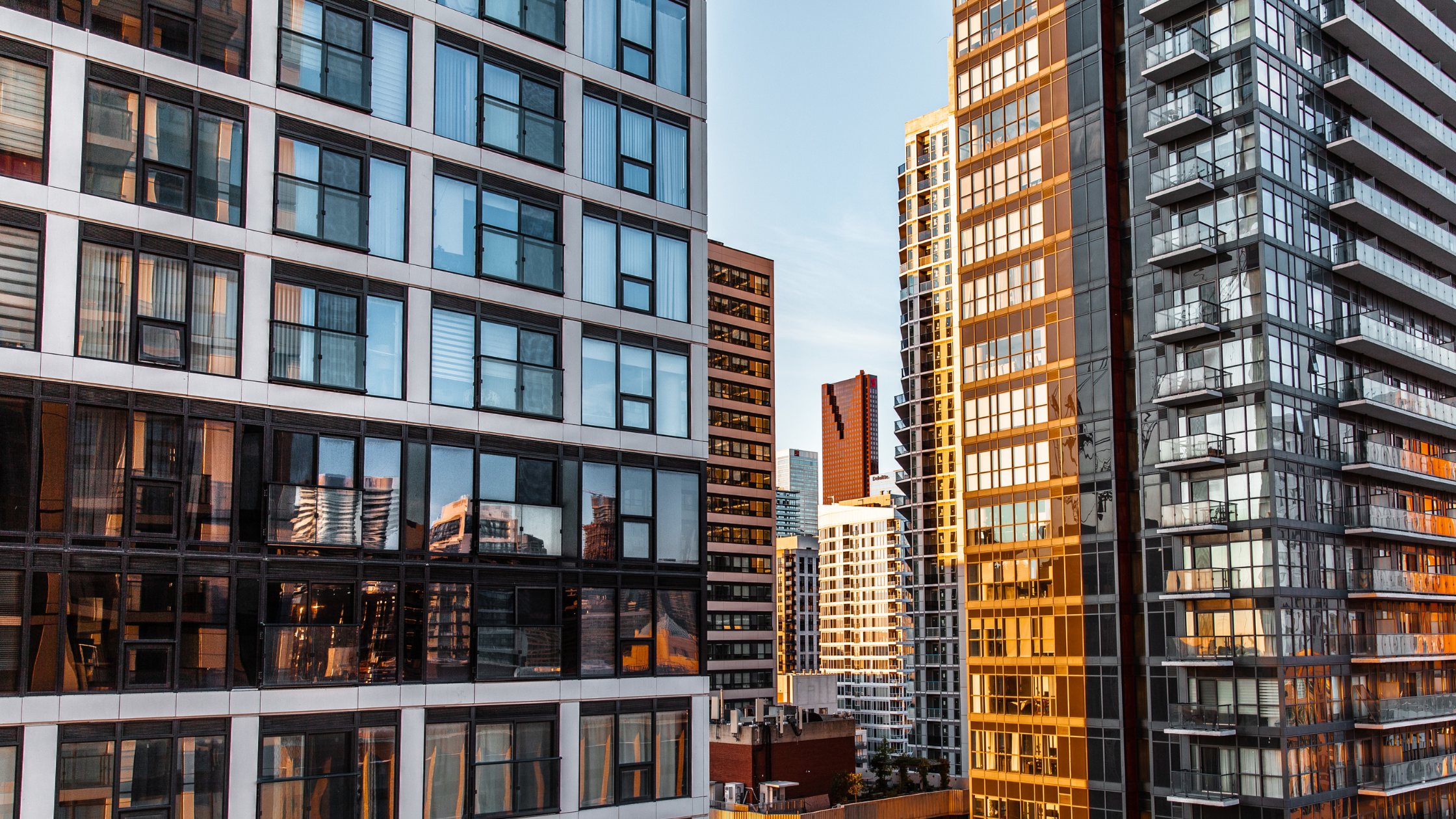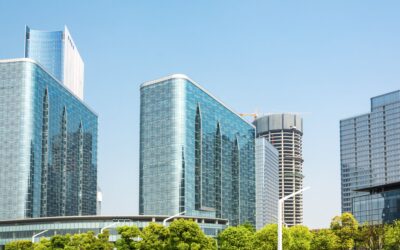Rising land costs and changing zoning rules are making mixed-use developments more common in dense urban areas.
Known as mixed-use real estate, these projects bring together different functions — such as residential and retail or office and hospitality— in one cohesive development.
A common example of a mixed-use property is a building with ground-floor shops and restaurants, office space in the middle, and apartments on top.
It’s easy to see why mixed-use commercial real estate is more promising than ever: People want walkable, convenient communities where they can live and work while having access to service and leisure facilities, all without needing a long commute.
Let’s take a closer look at the benefits of mixed-use development for investors and how this CRE segment is changing the future of commercial real estate.
What are mixed-use properties?
A mixed-use property includes two or more different types of uses within a single project.
These developments range from compact residential buildings with ground-floor retail to large-scale communities that blend various developments — from homes and restaurants to offices and entertainment — in one master plan.
A mixed-use commercial property can be categorized into two main formats:
1. Vertical mixed-use
You’ll often see vertical mixed-use buildings in dense urban areas, where developers stack different uses to make the most of tight space: retail on the ground floor, offices in the middle, and apartments or condos above.
This setup works because it saves space and keeps shops busy with foot traffic from upstairs residents. It also gives people easy access to groceries, pharmacies, and dining without needing to drive.
2. Horizontal mixed-use
This layout (often found in suburban areas) spreads different uses across multiple buildings within a single development to create walkable neighborhoods that blend housing with commercial spaces and recreational areas.
Hudson Yards in New York City is a good example. This high-end neighborhood features shopping, dining, art, attractions, and residences in one area.
Another good example is the vibrant waterfront destination, The Wharf in Washington, D.C., which has shops and restaurants, hotels, and housing segments.
There’s also Legacy West in Plano, Texas — an open-air shopping and lifestyle center that integrates residential units and corporate offices.
Thanks to evolving zoning policies and support from both public and private sectors, both vertical and horizontal mixed-use commercial real estate projects have become more practical and scalable.
Top reasons mixed-use is the future of commercial real estate
1. Changing demographics & urbanization
The great thing about a mixed-use commercial property is that it lets you pack more value into a single footprint, especially in denser areas where land is expensive.
These types of CRE assets appeal to young professionals who want to live in energetic neighborhoods as much as they do to older adults looking to simplify without losing access to shops and services.
2. Multiple income streams
Mixed-use developments can bring in revenue from several sources to help you create a stable cash flow. Residents and workers bring foot traffic that allows retail tenants to enjoy steady business.
This constant cycle of activity keeps occupancy rates higher and reduces your reliance on any one tenant type to cover operating costs.
3. Built-in resilience in economic shifts
CRE investors who focus on mixed-use real estate are also drawn in by this sector’s ability to offset losses in one sector with gains in another.
Even if retail leasing slows, the strong demand for housing may keep the property afloat. Because they spread risk across multiple uses, these properties are better equipped to handle market fluctuations.
4. Better experience for tenants
Mixed-use delivers in terms of convenience and tenant satisfaction. The on-site amenities create a lifestyle that tenants value, whether it’s access to a fitness center or the coffee shop being just steps away.
This often keeps occupancy levels higher in a mixed-use property and ultimately leads to longer lease terms and lower turnover.
5. Sustainability and smarter land use
One of the benefits of mixed-use real estate developments is that they help reduce traffic congestion and cut down on emissions.
People are allowed to live and work within walking distance, so this model supports more sustainable living.
Mixed-use commercial real estate projects often match city planning goals, so they may qualify for incentives tied to energy efficiency or smart growth initiatives.
6. Increased property value & long-term appreciation
Mixed-use commercial property developments bring in revenue from several streams —residential, retail, and office, and that diversity helps stabilize returns. They also tend to hold value and push rents higher thanks to constant demand (especially in crowded urban markets).
Trends shaping mixed-use development in 2025 and beyond
In 2025, mixed-use property developments are adapting to how people live—they combine housing, workspaces, and local businesses.
And instead of cookie-cutter formats, new projects are adapting to local character:
- Apartments now come with coworking areas built in, not just shared lounges.
- Big-box stores are giving way to smaller retail spaces built around food, fitness, and events.
- Developers are adding green space — rooftop gardens, on-site gyms, and pedestrian zones.
- LEED and WELL certifications are becoming standard as tenants prioritize sustainability and health.
- Suburban and secondary markets are attracting attention as people seek walkable hubs outside city cores.
Investment considerations and challenges
You will likely need a lot more capital for a mixed-use development than you would for a traditional project. Management is more complicated, too, because each component has its own lease structure and management needs.
Be sure to understand the unique requirements that come with a mixed-use property before you invest in one.
Run a detailed financial model. Hire a team with experience in zoning and entitlement processes, and work closely with local planning officials early to avoid costly delays.
Better yet, consult a commercial real estate advisor before committing.
Getting started
Mixed-use real estate pulls income from multiple sources to help CRE investors like you smooth out market ups and downs.
More people are looking for walkable neighborhoods with built-in convenience, and these properties meet that demand while creating steady cash flow and room for long-term growth.
Do you need financing for your next mixed-use commercial property?
Get in touch with our expert team of private commercial real estate lenders here at Private Capital Investors to explore flexible lending solutions tailored to your project.
Call 972-865-6206 or send us a message at info@privatecapitalinvestors.com.





